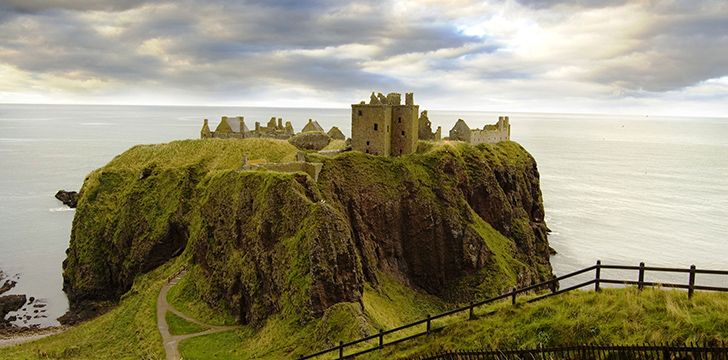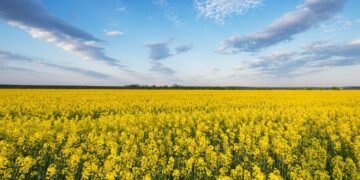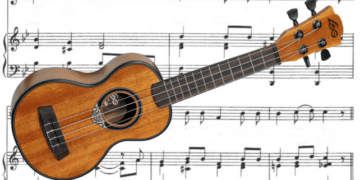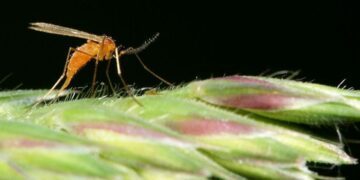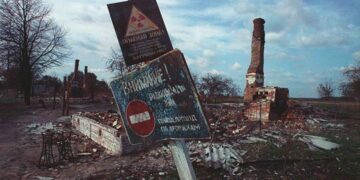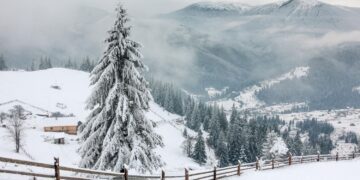When you say “Scotland,” you might think of bagpipes, kilts, and tartans.
Or maybe your mind goes straight to the elusive yet infamous Loch Ness monster!
Due to the amount of rain it gets (about half of the year – sometimes more!), Scotland also boasts magnificent landscapes and countless lakes along with its rich history.
Whatever you think you know about this impressive country, here are 30 facts about Scotland that might surprise you!
The world’s shortest commercial flight is in Scotland, which connects two of their islands. The flight can be finished in 47 seconds, and it spans a distance of just 1.7 miles.
Scotland is the birthplace of golf – it has been played there since the 15th Century and has evolved into what is now modern golf.
Since 1494, Scotch Whisky has been the national drink of Scotland. It is among the finest and most sought-after whiskies in the world. Scotch whisky can only be labeled as such if it was made and matured in Scotland.
There is an estimated 3,000 castles in Scotland – which equals one castle for every 100 square miles.
Of Scotland’s 800 islands, only about 100 of them are permanently inhabited.
The world’s first international football match was played between Scotland and England’s national teams in 1872. It was played at the West of Scotland Cricket Club.
The highest mountain in the United Kingdom is in Scotland. Ben Nevis is 4,409 feet tall with an estimated 100,000 ascents on Ben Nevis every year.
Water is essentially free for the average household in Scotland. Scots families simply pay for the connection of the water, but not for how much they use.
The highest proportion of red-haired people in the world is in Scotland. About 13% of the Scottish population has red hair, while 40% carry the recessive redhead gene.
The unicorn is the official animal of Scotland, used because of its nobility and purity.
There are three officially recognized languages in Scotland: English, Scots, and Scottish Gaelic. Only 1% of the population uses Gaelic.
Edinburgh, Scotland’s capital, was the first city in the world to have its own fire brigade.
There are over 600 square miles of freshwater lakes in Scotland. Only one of these, Lake of Menteith, is referred to as a lake – the rest are lochs!
Bonnybridge, a small town of Scotland, has become notorious for UFO sightings. There are more than 300 UFO’s reported every year.
The first recorded sighting of the Loch Ness Monster was in 565 A.D.
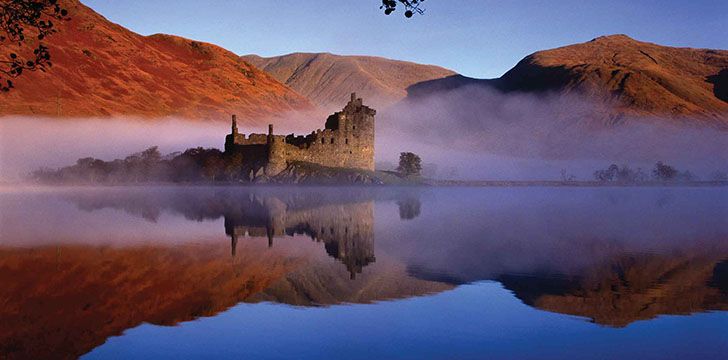
The world’s first color photograph was taken of a Tartan Ribbon in Scotland.
The United Kingdom’s most remote bar is The Old Forge Pub in Scotland. To get there, you can either take a 7-mile ferry, or hike 1 miles over rough terrain.
In Gaelic, Scotland is called “Alba.”
The 17th deepest lake in the world is Loch Morar in Scotland, which reaches a depth of 1,077 feet.
The land area of Scotland is about the same as the Czech Republic, United Arab Emirates, and Panama.
Scotland had cave dwellers until 1915 when it was outlawed.
432 people own half of the land in Scotland, however the Right To Roam laws allow most of the country’s privately owned land to be freely walked on and used as long as you leave no trace behind. You can’t go walking through someone’s house, but you can usually walk across their farmland!
Edinburgh wanted to build a replica of the Parthenon, bigger and cheaper to be their National Monument. Construction started in 1826, but due to the lack of funds, was left unfinished in 1829. It has been nicknamed “Edinburgh’s Disgrace.”
Bagpipes were invented in Ancient Egypt and were brought to Scotland by the Roman invaders.
Scotland only has 6 officially recognized cities – Edinburgh, Glasgow, Aberdeen, Inverness, Dundee, and Stirling.
The oldest known tree in Europe is the Fortingall Yew in Perthshire, Scotland. It is between 2,000 and 3,000 years old.
The most famous Scottish dish is haggis. Haggis is typically made with the heart, liver, and lungs of sheep, and boiled with oatmeal and seasoning in the animal’s stomach.
Scottish people are more likely to have blue eyes than anyone else in the rest of the United Kingdom.
The coastline of Mainland Scotland is 6,160 miles long, which is 3 times longer than England’s.
Scotland has its own version of Stonehenge – the Callanish Stones. They were built around 3,000 B.C. on the Isle of Lewis, and no one knows why the stones were erected.

